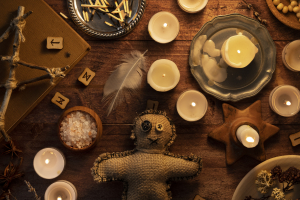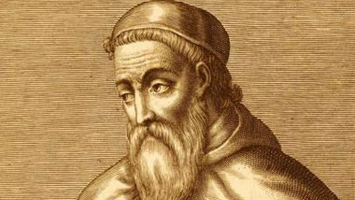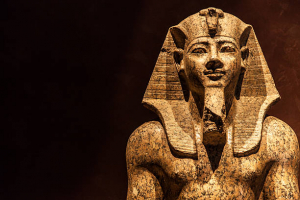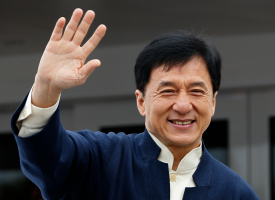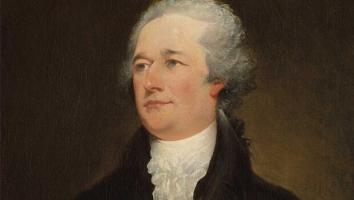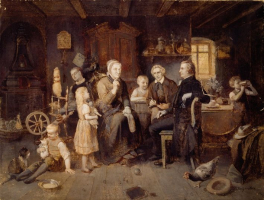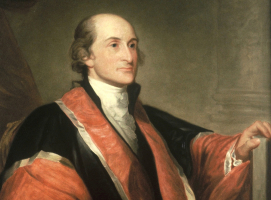Top 10 Facts about Confucianism Beliefs
Is Confucianism a religion, a secular philosophy, a rule of law, or a broad belief system? Here are the facts about Confucianism beliefs.... read more...
-
Confucianism is the way of life promoted by Confucius in the sixth and fifth centuries BCE, followed by the Chinese people for over two millennia. Although Confucianism has evolved, it remains the foundation of Chinese learning, the source of values, and the social code. Its influence has also spread to other countries, notably Korea, Japan, and Vietnam.
Confucianism, a Western term with no equivalent in Chinese, is a worldview, a social ethic, a political ideology, a scholarly tradition, and a way of life. Confucianism, sometimes regarded as a philosophy and sometimes as a religion, can be understood as an all-encompassing way of thinking and living that includes ancestor reverence and profound human-centered religiousness.
East Asians may claim to be Shintists, Daoists, Buddhists, Muslims, or Christians, but by declaring their religious affiliations, they rarely cease to be Confucians. Despite being associated with the major historical religions, Confucianism differs from them because it is not organized.
Nonetheless, under the influence of Chinese literate culture, Confucianism spread to other East Asian countries and profoundly impacted spiritual and political life. Confucianism's theory and practice have indelibly marked East Asian government, society, education, and family patterns.
Although it is an exaggeration to call traditional Chinese life and culture Confucian, Confucian ethical values have served as a source of inspiration and a court of appeal for human interaction between individuals, communities, and nations in the Sinitic world for well over 2,000 years.
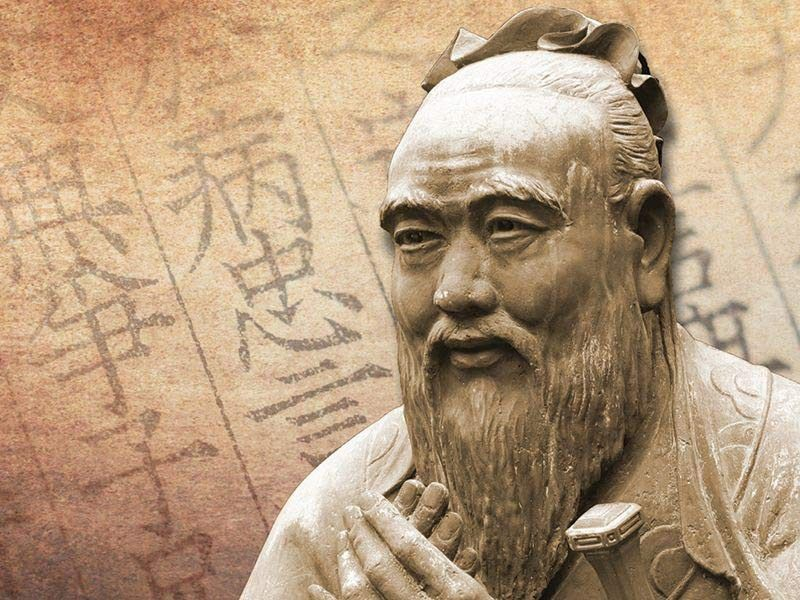
Image by Fredy Sterik on Pinterest 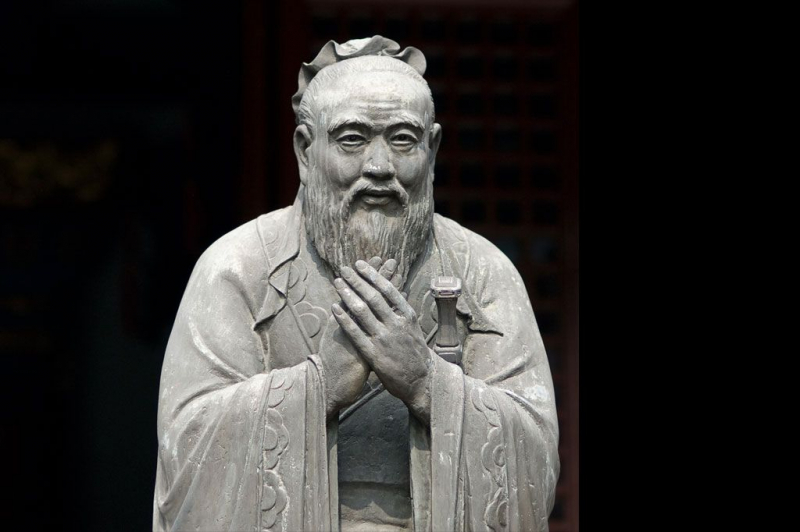
Image by The Epoch Times on Pinterest -
Confucianism was founded on the teachings of a Chinese philosopher named Confucius (551–479 BCE). The decaying Zhou Dynasty left a fractured China in its wake. Regional rulers used punishment to enforce laws and inspire loyalty, resulting in a thin web of order in which rulers were frequently assassinated and replaced on a whim.
Confucius was a traveling political advisor who sought to serve in just courts to spread his teachings. His goal was to rekindle faithful adherence to moralistic traditions at all levels of Chinese society. Confucius did not write his teachings and claimed to be a "transmitter who invented nothing".
According to Han Feizi (died 233 BCE), his disciples split into eight schools soon after Confucius's death, each claiming to be the legitimate heir to the Confucian legacy. Each school was most likely affiliated with or inspired by one or more of Confucius's disciples. Nonetheless, the Confucians had little influence in the fifth century BCE.
Although the reverent Yan Yuan (or Yan Hui), the devoted Zengzi, the gifted Zigong, the learned Zixia, and others inspired great enthusiasm among Confucius's second generation of students, it was not clear at the time that the Confucian tradition would emerge as the most powerful in Chinese history. Confucius's ideas were expanded and codified by two influential philosophers, Mencius (or Mengzi) and Xunzi (or Hsun Tzu).
While both believed that man's sense of morality and justice distinguished him from other animals, Mencius espoused the belief that human nature is fundamentally sound, whereas Xunzi, while not opposing Mencius, was slightly more pessimistic about human nature, emphasizing the importance of education and ritual to keep people on the right moral track.
After a brief period of strife during the Qin Dynasty (221-226 BCE), Confucianism reached its pinnacle during the Classical Period's Han Dynasty (206 BCE - 220 CE), when it was made the official state religion. In China, where it competed with Buddhism and Daoism, Confucianism eventually found excellent traction among the upper echelons of Chinese society. Confucius's teachings were preserved in written text in the Five Classics and the Analects, both thought to have been written during the Warring States Period by Confucian students (475 BC - 221 BC).
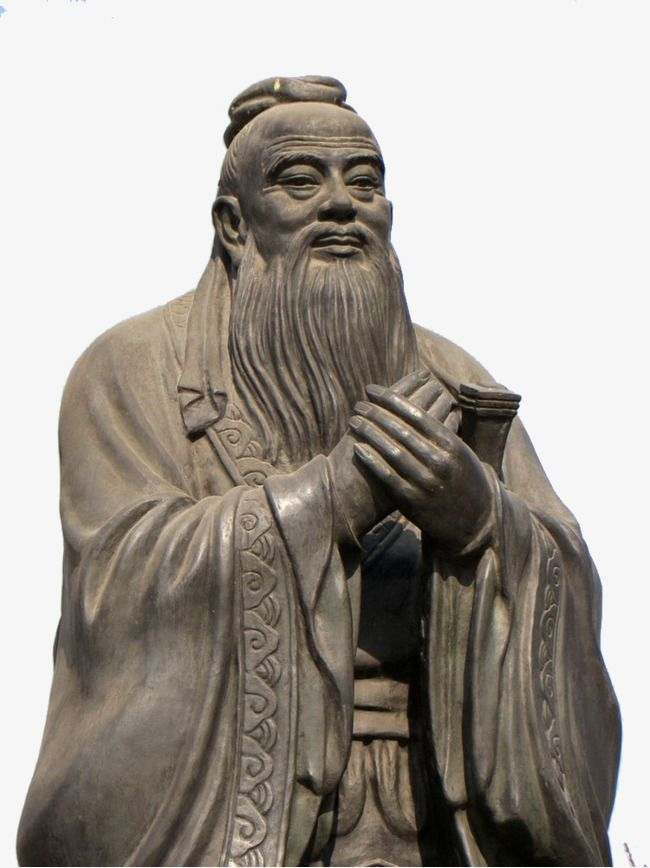
Image by pngtree on Pinterest 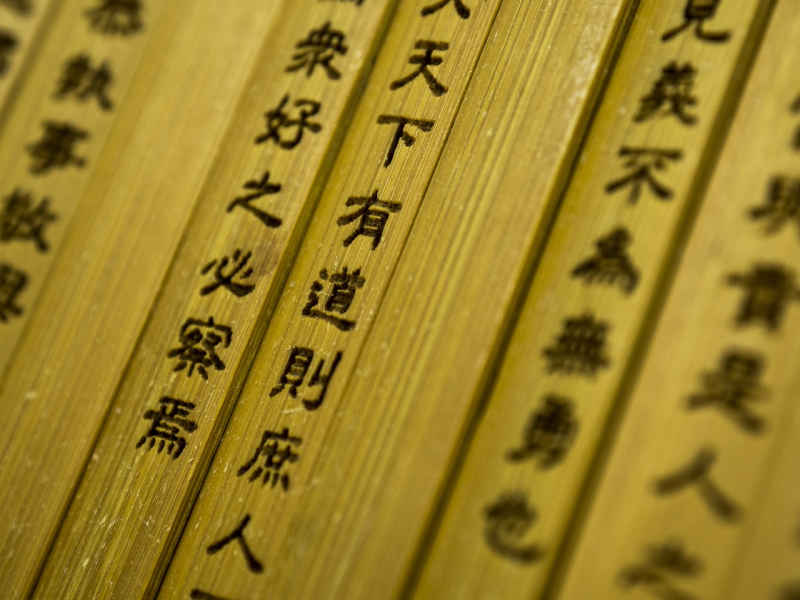
Image by bukejiuyao on Pixabay.com -
Confucius (551 - 479 BCE) founded Confucianism, also known as Kong Fuzi or Kongzi. Confucius was born into an aristocratic family but spent most of his childhood impoverished. Confucius's father, a commander for the Chinese state of Lu, died when he was three.
Confucius was raised by his mother and studied the Six Arts in school, learning Rites, Music, Archery, Chariot Riding, Calligraphy, and Math. Confucius married at 19, and his wife bore him a son when he was 20, he did not settle for a simple life with his family.
Confucius spent the majority of his adult life traveling between Chinese states, serving in the courts of Lu, Song, Zheng, Cao, and Cai, to name a few. During his travels, he gathered many disciples, his powerful teachings finding receptive ears in each city and principalities he visited or served in.
Confucius's intention was not to find a new religion but to interpret and revive the unnamed faith of the Zhou dynasty, during which many people believed the ancient system of religious rule was bankrupt; why couldn't the gods prevent social upheavals?
The burning question of the day was: If not ancestral and nature spirits, what is the foundation of a stable, unified, and enduring social order? The dominant view of the day, as advocated by Realists and Legalists, was that strict law and statecraft were the foundations of sound policy.
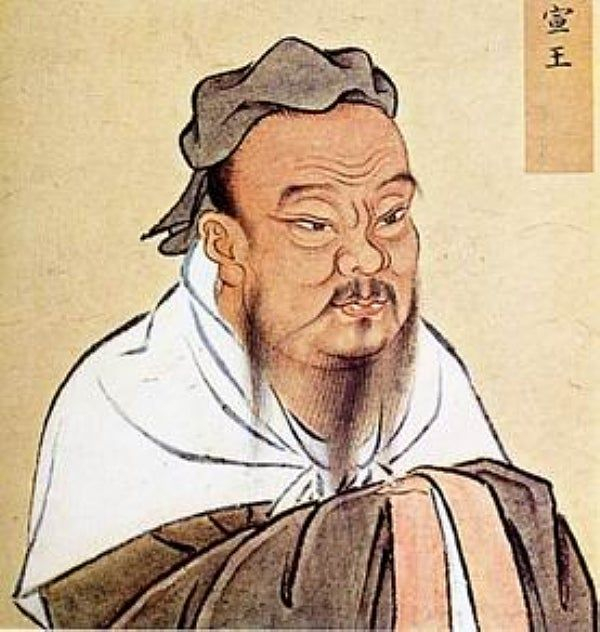
Image by Felipo Bellini on Pinterest 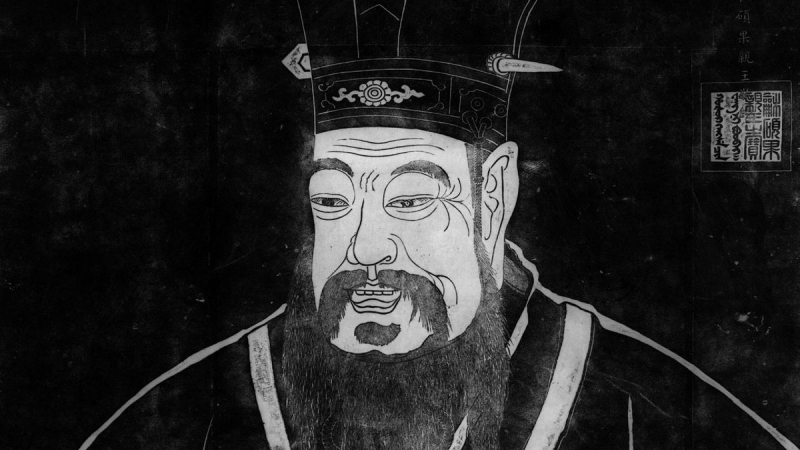
Image by HowStuffWorks on Pinterest -
Confucianism, also known as Ruism, is one of the world's oldest philosophical traditions, frequently regarded as a religion in and of itself. Four significant symbols represent Confucianism's beliefs and viewpoints. These include "Confucius," the Chinese character for water, the Chinese character for the scholar, and Yin Yang.
Confucius's symbol represents the man who founded the religion, as he is one of, if not the most critical, to emerge from it. Confucius was an ancient philosopher interested in his time's moral behavior. This piqued his interest, leading to the formation of set beliefs and values that are now known as Confucianism's moral stance.
The second symbol, the Chinese character for water, was created because water is one of the five elements of Chinese philosophy. Water is regarded as a life source, most likely due to its importance in sustaining life in the natural world.
The water ideogram is widely used in Chinese culture, not just Confucianism. However, Confucianism has the added meaning of peace, balance, and tranquility, all of which represent the true goal of this philosophy. It's also simple, natural, and adaptable, consistent with Confucianism's principles and teachings.
The third symbol, a Chinese character for the scholar, represents the value of knowledge and self-awareness, both of which are required to truly achieve balance within themselves. Confucius believed that one could never have too much knowledge, and the concept of education has since grown in importance in Chinese culture that is particularly – but not exclusively – associated with Confucianism.
The final symbol, Yin Yang, has a variety of meanings. The Yin Yang symbol, which is more commonly associated with Taoism, is also used in Confucianism. It represents the same thing in both religions: the balance of opposing forces in life. The symbol of duality is depicted as a circle divided into two halves, one black, and one white. A dot of the opposite color is present in each half.
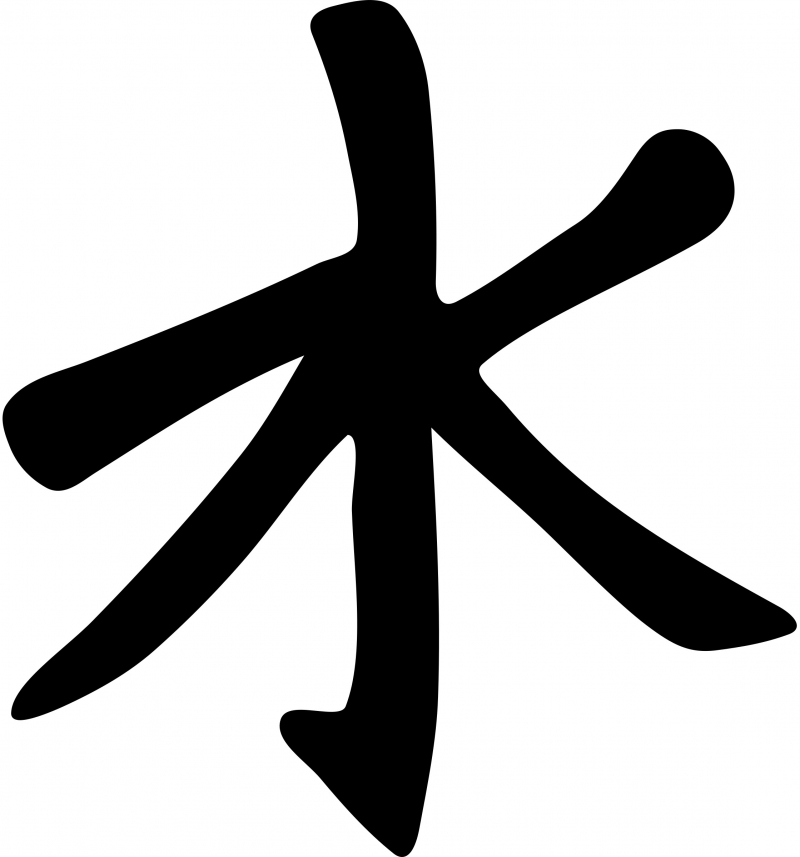
Image by Openclipart on Pinterest 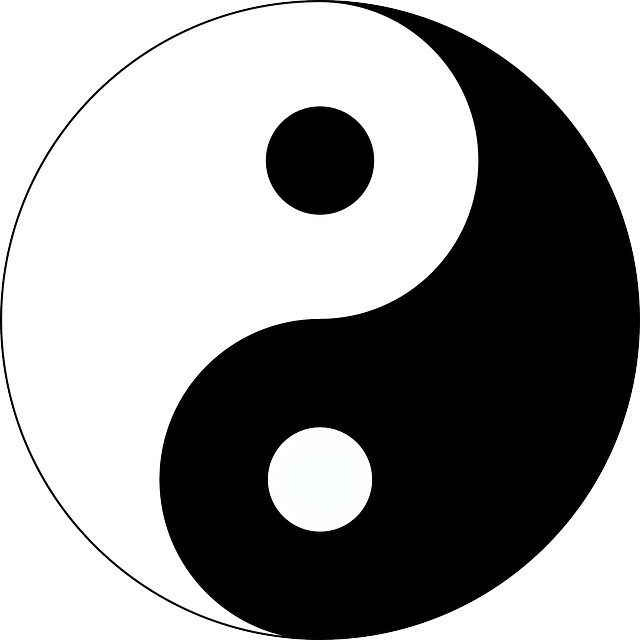
Image by WordPress.com on Pinterest -
Confucius was best known in China for providing moral counsel to the country's leaders. He wrote extensively, mostly about individual morality and ethics, as well as the world's rulers' proper use of political power. Confucianism is believed to have 6.3 million adherents worldwide, most of whom live in China and Korea. There is debate over whether Confucianism is a religion or a practice to improve one's mind, body, and soul.
Confucianism struggled initially, but it eventually became the official religion of the Han Dynasty and many subsequent dynasties, including the Tang and Song Dynasties of the Medieval Era. Confucianism has a solid spiritual foundation, namely the Chinese belief in Tian, heaven, or impersonal godliness.
Confucian core beliefs and values were critical to the success of the more significant state, as Confucius proposed that the state's hierarchy is analogous to the order of a family. Confucianism is divided into six main groups of beliefs, which are as follows:- Yi - means "Righteousness"
- Xin - means "Honesty and dependability"
- Chung - means "State loyalty", and so on
- Li - means "Ritual", "Propriety", "Etiquette", and so on
- Hsiao - means "Love within the family", "Parental love for their children" and "Child love for their parents"
- Ren - means "Kindness", "Humanity toward one another"
The most critical Confucianism virtue is "Ren," equivalent to love, mercy, and humanity. Ren, translated as love or kindness, is the source of all virtues. Confucius best explains it when he says, "Do not do to others what you do not want done to yourself".
The Chinese character represents the relationship between "two persons", or co-humanity - the ability to coexist humanely rather than scrapping like birds or beasts. Ren prevents ritual forms from becoming hollow; a ritual performed with ren has both state and ethical content; it nurtures the person's inner character and advances their moral maturation.
Confucianism's beliefs have a top-down structure. Confucianism is primarily concerned with the proper functioning of the state (remember that Confucius taught during a turbulent political setting in Chinese history). Confucianism's central society-level belief is that society is structured similarly to a traditional Chinese family, with a patriarch at the top and children beneath him. Confucius advocated adherence to tradition, particularly within the family structure, to prevent constant rebellions and war.
In this sense, Confucian belief encourages self-improvement, education, filial piety, conforming to one's proper role, and cultivating harmony by pursuing these principles. The Golden Rule is the most well-known Confucian belief: treat others the way you want to be treated (or don't treat others the way you don't want to be treated). Respecting one's parents and venerating ancestors inspired lawfulness, order, and loyalty, whereas continuous capital punishment only inspired fear.
Thus, if Confucianism's "outer" side was conformity and social role acceptance, the "inner" side was the cultivation of conscience and character. Cultivation requires extensive education as well as introspection on one's actions. It took a lifetime commitment to character development to carve and polish the stone of one's character until it was a gleaming gem.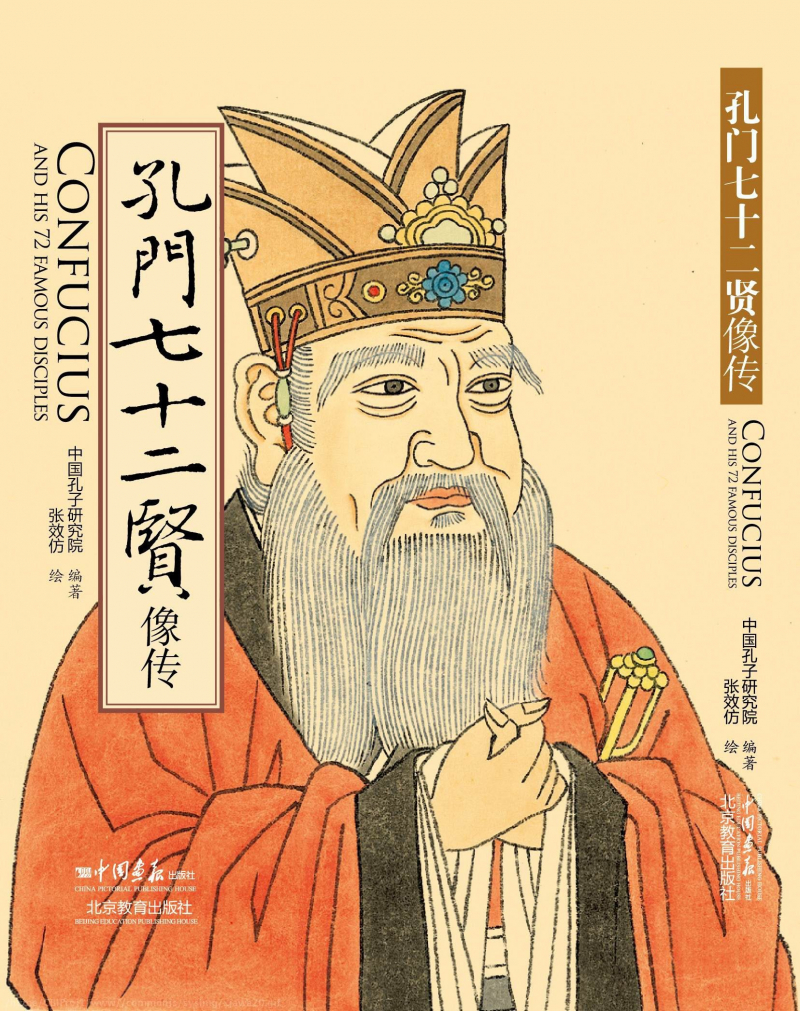
Image by Dr Hubert Hechabarria on Pinterest 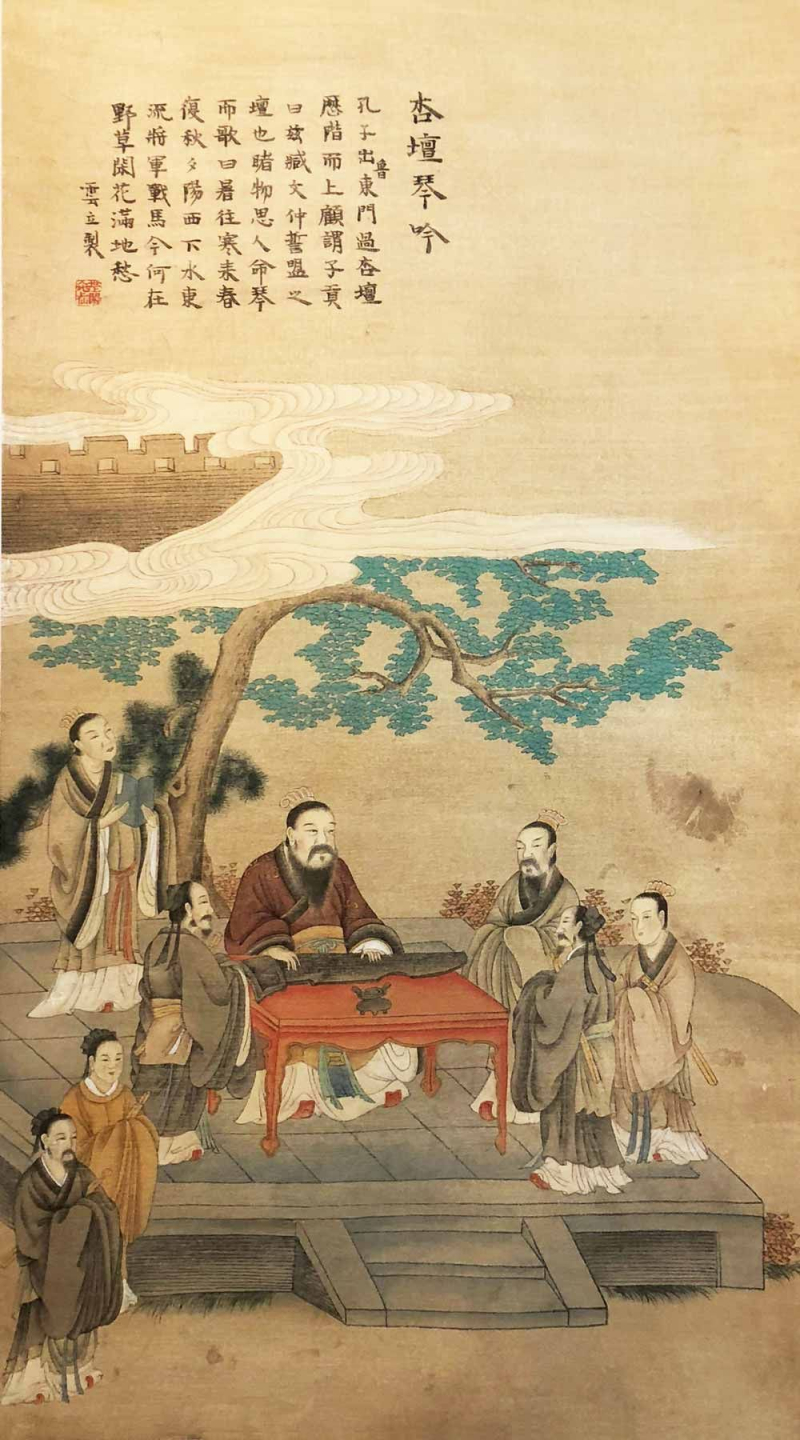
Image by Ssq on Pinterest -
Although Confucianism does not claim to have all of the answers to the universe's mysteries, those who practice it have a strong belief in rituals. They believe that ritual participation serves to unite people and strengthen communities.
On the other hand, Confucianism does not hold all aspects of a religion (such as Christianity or Islam), nor do they have regular practices and rituals. Instead, they represent four pivotal points in one's life. These are: birth, maturation, marriage, and death. The following practices are associated with these stages:
Birth:
- The Tai-Shen (fetus spirit) protects the expectant mother and punishes anyone or anything that harasses or harms the woman. She is given a special diet and one month of rest after the baby is born. On the first, fourth, and twelfth month anniversary of the child's birth, her parents are responsible for everything that is required to support the child.
Marriage:
During the marriage rituals, six distinct events occur, which are as follows:
- Proposal: Both partners share the hour, day, month, and year of their birth. If anything distressing occurs in the bride-to-family be's within the next three days, it is assumed that she has rejected the proposal.
- Engagement: After the couple has decided on a wedding date, the bride announces the wedding with invitations and gifts of moon-shaped cookies.
- Dowry: A dowry is the transfer of parental possessions when a daughter marries. After giving the bride and groom their gifts, the value of the gifts is equal.
- Procession: With joy and excitement, the groom goes to the bride's home and returns her to his home.
- Marriage: The couple exchanges vows that will bind them together for the rest of their lives, toasts each other with wine, and then takes center stage at a banquet attended by friends and families from both the bride and groom's families. The following morning, the bride serves breakfast to the groom's parents, followed by the parents.
Death:
- Following the death of a loved one, the family will cry aloud to inform the neighbors of the tragic news. The family begins to mourn by making and wearing clothes out of coarse material. The body is placed in a coffin, and many family and friends bring money to help with the funeral expenses. Food and objects meaningful to the deceased are placed in the coffin with him or her. The burial ritual is performed by a priest or minister of any religion.
- The visitors trail the coffin, which is carrying a large willow tree branch. This is meant to represent the soul of the deceased person. The branch is later carried back to the family altar and used to "install" the deceased's spirit. On the seventh, ninth, and forty-ninth days after burial, as well as the first and third year anniversary of the death, a public worship (called a Liturgy) is held.
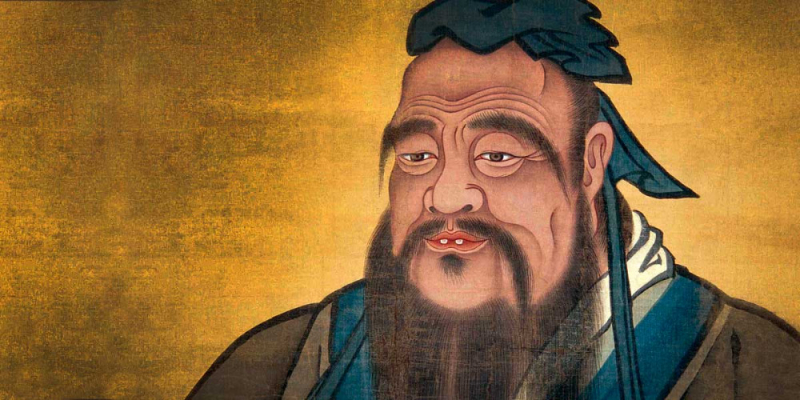
Image by revistaesfinge.com on Pinterest 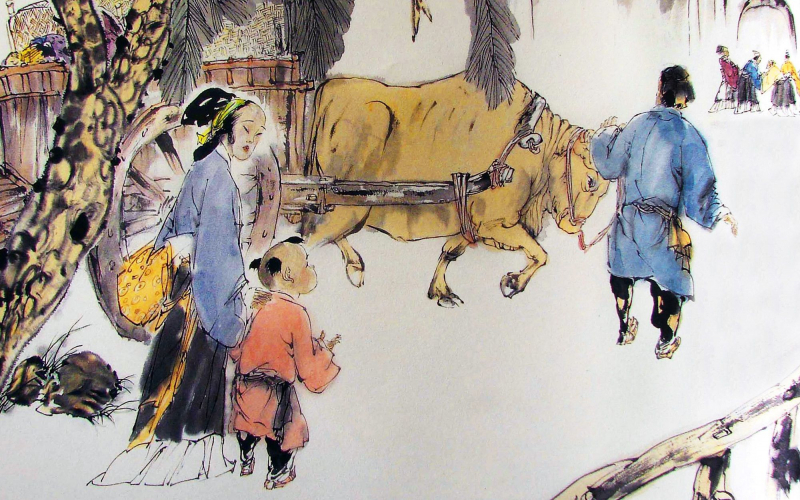
Image by aeon.co on Pinterest -
People who practice Confucianism adhere to two major groups of sacred writings. They are divided into "Four Books" and "Five Classics". The Analects, on the other hand, are one of the most well-known and widely followed. The Analects are Confucius's ideas and sayings that were written and compiled in the Analects around seventy years after his death.
For the past 2000 years, the Analects have been the most widely read and studied books in China, and they continue to significantly influence Chinese and East Asian thoughts and values today. The Analects was originally part of "The Five Classics" but was discovered to be more critical and is now part of "The Four Books".The Four Books:
- Analects: A collection of writings and sayings by Confucius, the founder of Confucianism. The most read and studied book in the religion.
- Great Learning: Was originally one chapter in the Book Of Rites. It consists of a brief text contributed to Confucius, as well as nine additional chapters written by Zeng Zi, one of Confucius's disciples. It expresses many themes of Chinese philosophy and political thought, and as a result, it has had a huge impact on both classical and modern Chinese thought.
- Doctrine of the Mean: Another chapter in the Book of Rites attributed to Confucius's grandson Zisi. It is a 33-chapter book that demonstrates the utility of the golden way to attain perfect virtue.
- Mencius: A collection of conversations of the scholar 'Mencius' with the kings of his time. It contains long extensive prose, unlike the writings of Confucius.
The Five Classics:
- Classic of Poetry: A collection of 305 poems (divided into 160 folk songs, 105 festival songs, and 40 hymns sung at sacrifices to gods and ancestral spirits of the royal house).
- Book of Documents: A collection of documents and speeches allegedly written by rulers of the early Zhou period and before. It could be the oldest Chinese narrative, dating back to 6 B.C. It contains many examples of early Chinese prose.
- Book of Rites: Describes ancient rites, social forms, and court ceremonies. Scholars from the third century B.C. redrew the version that is studied today. Confucius himself was said to have edited the original text.
- I Ching (Book of Changes): This book contains a divination system that is widely used by Confucianism followers. The system described in this book is very similar to divination rituals performed in West Africa and modern East Asia. It is one of the most popular religious writings and is still widely used in modern society.
- Spring and Autumn Annals: A historical writing of the State of Lu (Confucius's home state) that existed between 1042BC and 249BC.
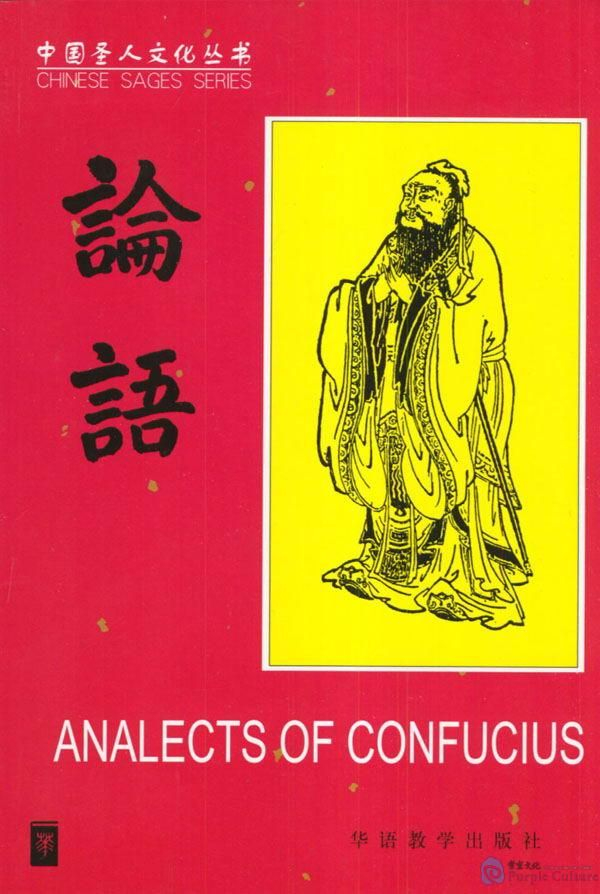
Image by schoolworkhelper.net on Pinterest 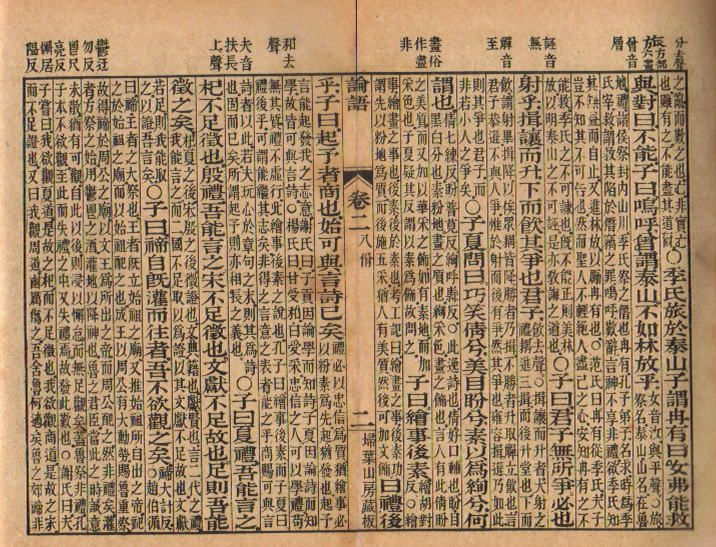
Image by WordPress.com on Pinterest -
Confucianism is, in fact, a religion, but not in the traditional sense. No direct religious institution was built to manage and dictate Confucianism followers for most of Chinese history (throughout the Medieval Era). Confucianism is more concerned with humanistic principles than with belief in spirits and gods. As a philosophy and belief system, Confucianism emphasizes tradition and an ethical strive for harmony on both personal and societal levels.
Confucianism may not sound like much of a religion at this point. However, as part of Confucianism's promotion of tradition, its adherents must engage in ancestral worship, rituals, sacrifice, and a belief in Tian, which translates as heaven.
Although Tian is associated with divinity, it is more commonly understood as an impersonal "oneness" with one's surroundings, a sense of order and harmony with the world, rather than a belief in a separate, immaterial realm. Tian is, in that sense, very different from the Abrahamic religion's (Judaism, Christianity, Islam) belief in heaven, but it is still very spiritual and religious.
Through a partial mistranslation, Christian Missionaries in China coined the term "Confucianism". When learning about Confucius, whose real name was Kong Fuzi, westerners adopted the philosopher's name pronunciation. (It makes more sense if you sound it out loud). Ruism was the name given to Kong Fuzi's teachings in China. In ancient China, the root character Ru meant scholar, learned, educated, and mold, among other things.
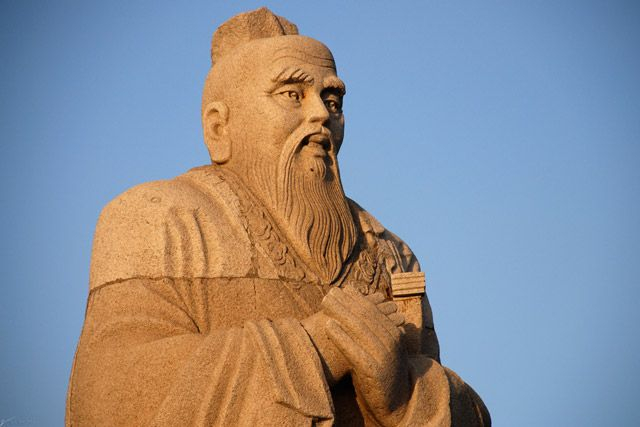
Image by asiasociety.org on Pinterest 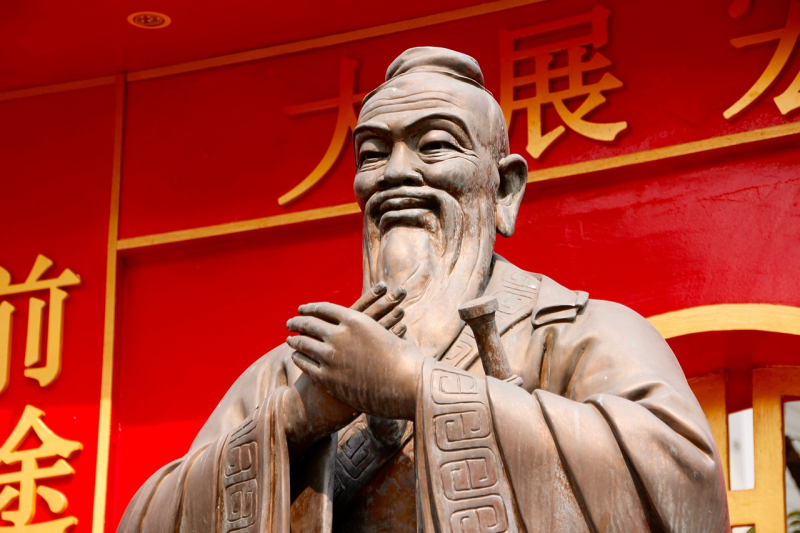
Image by Peggy und Marco Lachmann-Anke on Pixabay.com -
Confucius's and his followers' teachings have thus been an integral part of Chinese education for centuries, and the influence of Confucianism is still visible today in contemporary Chinese culture and other East Asian cultures, with its continued emphasis on family relationships, filial piety, and respect, the importance of rituals, the value placed on restraint and ceremonies, and a strong belief in the power and benefits of education.
As previously stated, humanism is a core value of Confucianism. Benevolence, humaneness, and pleasant human experiences are all wrapped up in the word "Ren" in Confucianism. This concept was inextricably linked to Tian (heaven). Confucian values include righteousness, justice, propriety, wisdom, and loyalty.
Confucianism became the foundation of imperial exams that determined who could hold governmental offices, beginning in the Tang Dynasty and extending into the Song Dynasty and even into modern-day China. Confucius's teachings, which later took the form of Neo-Confucianism, eventually achieved the very goal that he set out to achieve: the spread of traditional education that promoted good and productive interactions within Chinese society and culture.
Outside of a few curious academic circles and Chinese migrants, the direct practice of Confucianism is rare in the United States of America. Otherwise, many people are "practicing" Confucianism and are unaware that a man named Confucius ever existed. Take, for example, the Golden Rule, a well-known phrase that pervades many world cultures and religions, including those found in the United States.
Confucius would have supported the concept of the traditional "nuclear family" in the United States, and many Confucian tenets, such as familial piety, echo throughout the Abrahamic religions that dominate the United States of America.
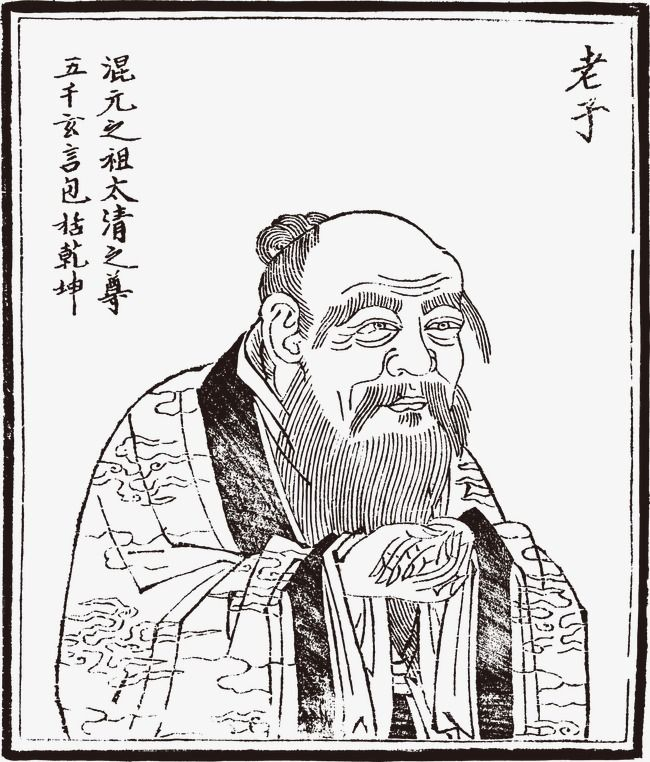
Image by pngtree on Pinterest 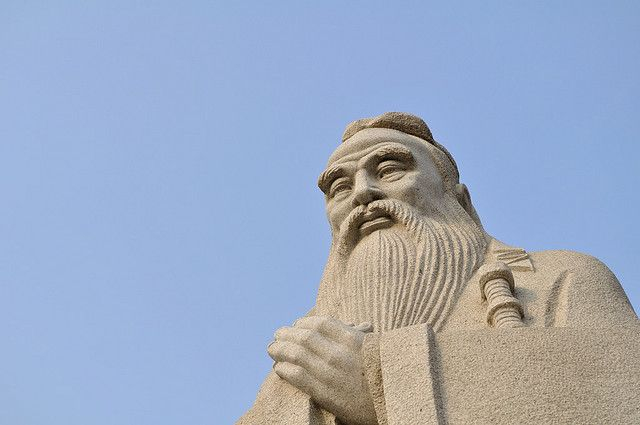
Image by Flickr on Pinterest -
Holy Days:
- Qing Ming: One of the most important days in Confucianism, it occurs 106 days after the winter solstice. On this day, people visit their ancestors' graves, bringing offerings such as paper clothing and paper money. Food, which is usually served after the ceremony, is served during the ceremony. This is supposed to connect the spirits of the living with their ancestors.
- Chongmyo Taeje: A ceremony held in honor of the Yi dynasty's kings and queens (lasting from 1392 to 1910.) On the first Sunday of May, past leaders are honored with music, food, and dance.
- Confucius' Birthday: The ceremony begins on September 28th, when Confucius was born. It takes place over a few days and concludes on October 10th. It all starts with a short march to a nearby temple, where an animal is sacrificed to Confucius. They sing the "Song of Peace" and are given a rice-based "wisdom cake." Because Confucius is the face of the religion, it is the most widely observed of all ceremonies. There are even kung-fu competitions during the event, which are accompanied by music and dance.
- Ching Ming Festival: This festival is also known as "Tomb Sweeping Day". It is held on April 4th or 5th. On this day, the ancestors are honored by sweeping the graves and laying flowers. The deceased's favorite food is sometimes left on the grave, and small amounts of money are burned. Kites are also brought to the festivals by attendees.
Cultural Impact:
- Confucianism had a wide-ranging impact on Ancient China and their culture. It provided a sense of stability in a country that had recently been rearranged by many dynastic changes. This was most evident in Confucius's concept of everyone having their own place in society. He created a more structured Chinese society by enforcing this. This was reinforced by the amount of time and effort put in to help a community. Merchants, for example, were at the very bottom of the social ladder. Despite their wealth, they did not exert the same amount of effort as local farmers. Confucius also promoted education and allowed young boys to attend school to learn Calligraphy (an Ancient Greek writing style), which resulted in many of the young boys becoming scholars.
- Confucianism's beliefs also contributed to the social perception of women being less useful than men. This forced women to work harder to achieve equal social status with men, leading to some heinous practices such as foot binding. Confucianism brought many positive ideals to China and helped to create a much more stable society, but it also had its drawbacks.
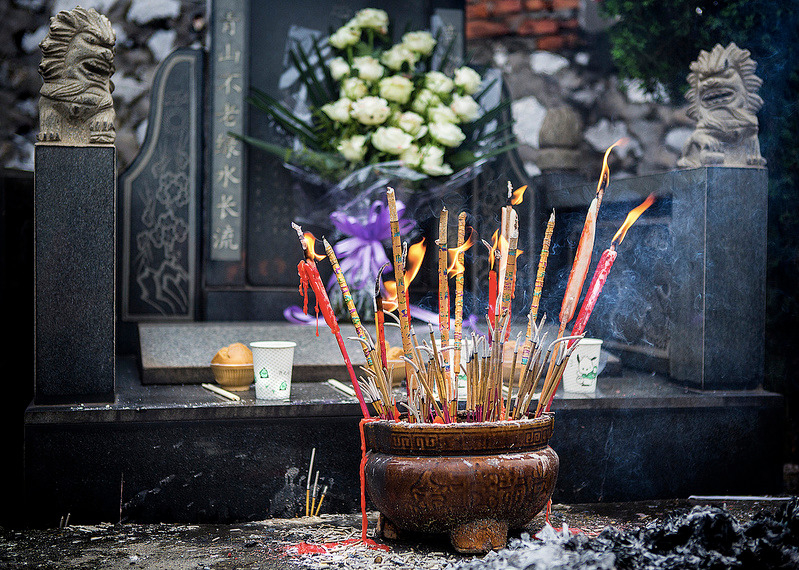
Image by Michael Steverson - China Digital Times on Pinterest 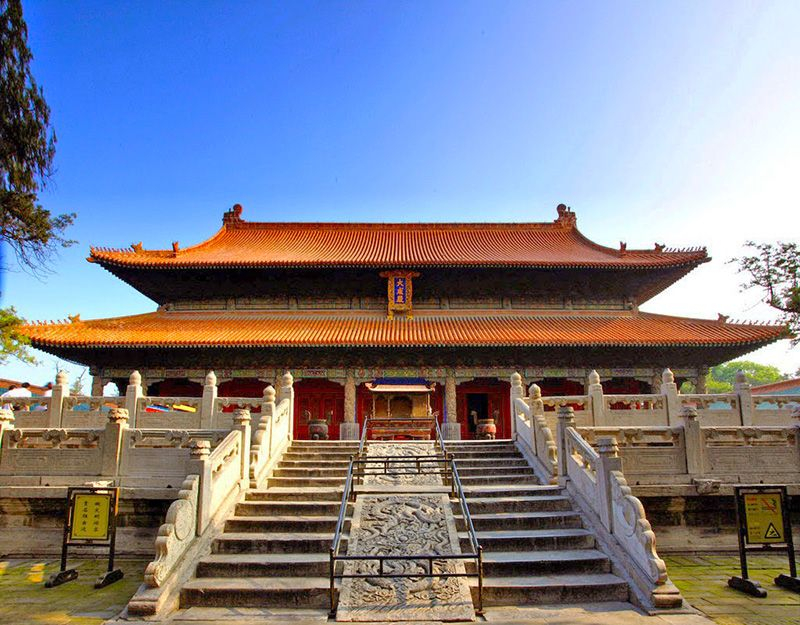
Image by Charming China on Pinterest












